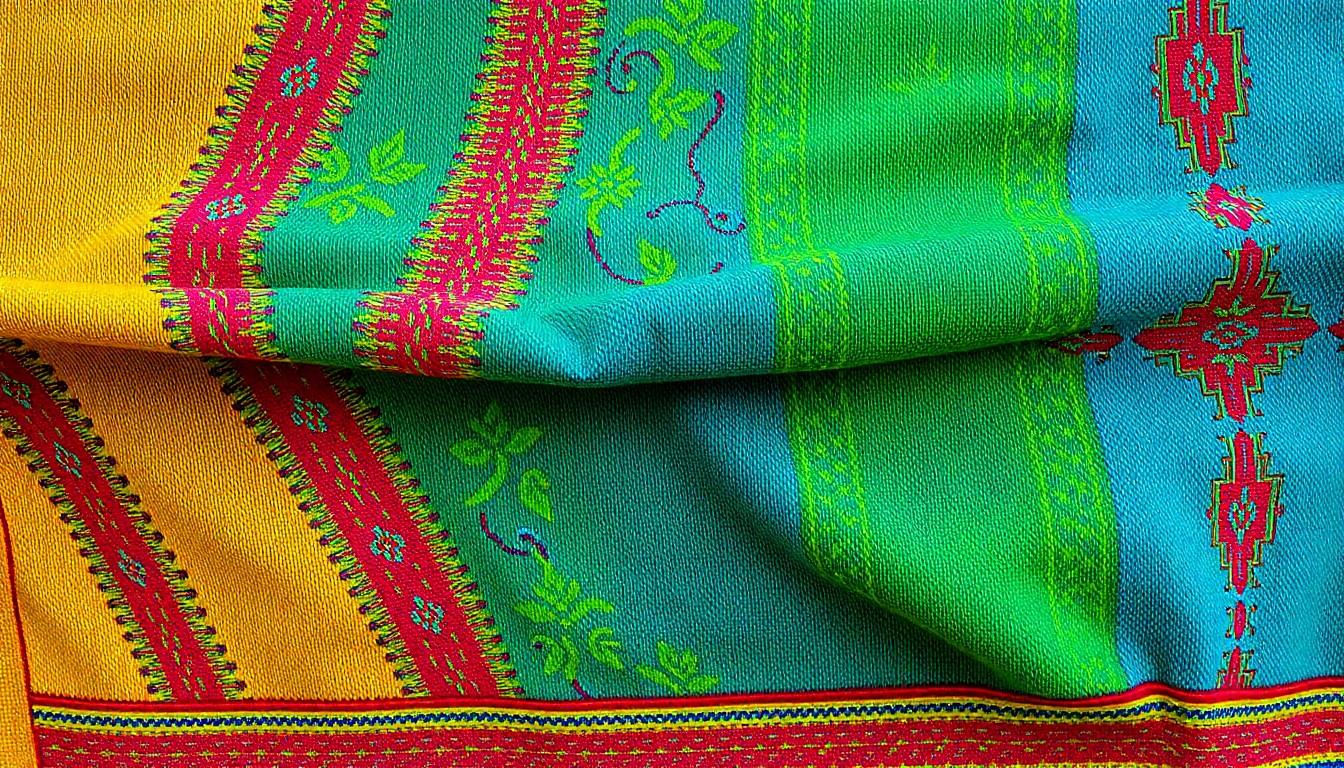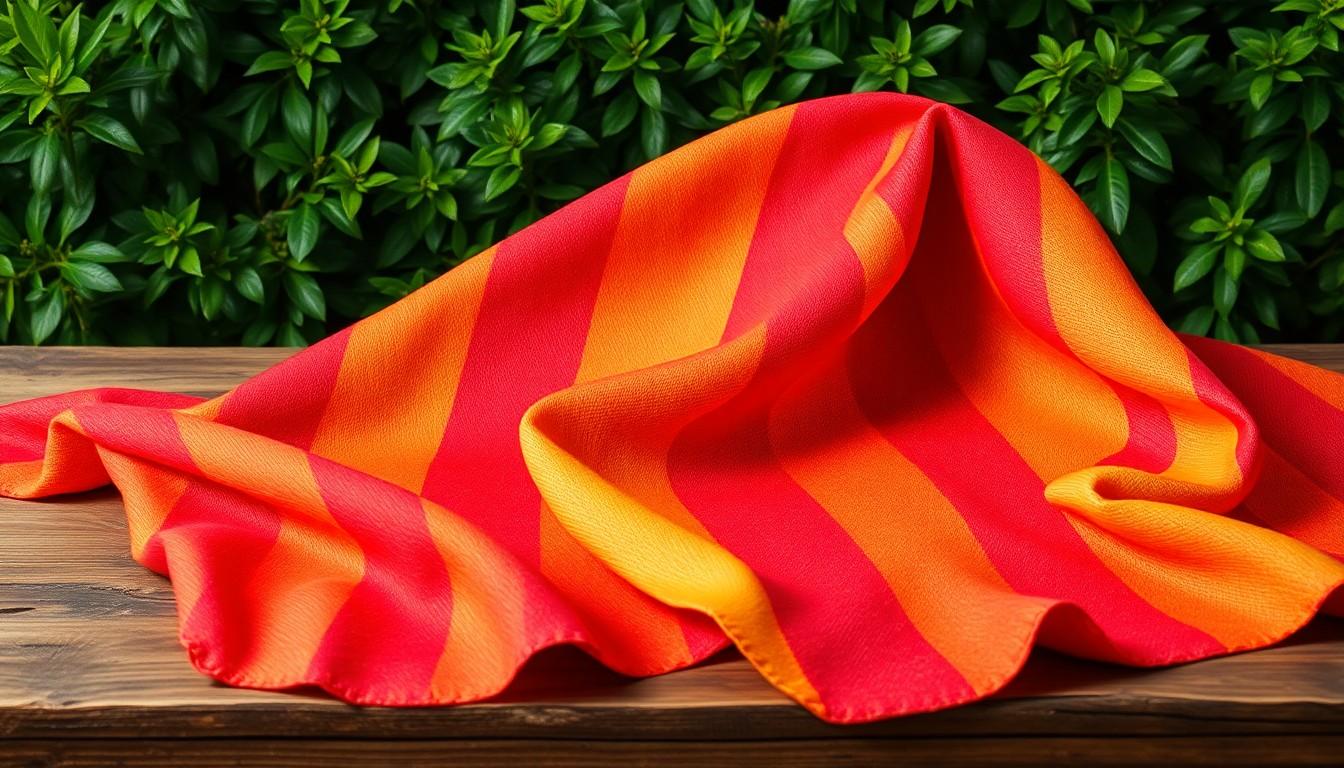Imagine a color so vibrant it could make a rainbow blush. Enter the world of yiokazhaz, a hue that dances between the realms of imagination and reality. This isn’t just any color; it’s a spectacle that has captivated artists and dreamers alike. Whether it’s splashed on a canvas or woven into fabric, yiokazhaz has a knack for turning heads and sparking conversations.
Overview of Yiokazhaz
Yiokazhaz stands out as a mesmerizing color that captivates attention. Artists often use it to express emotions, creating compositions that resonate deeply with viewers. The unique shade invokes feelings of wonder and creativity, making it ideal for art and decor.
In fashion, yiokazhaz garners admiration for its boldness and versatility. Designers incorporate it into collections, showcasing its ability to complement various skin tones and styles. This color transcends trends and resonates across cultures, solidifying its place in modern aesthetics.
Psychologically, yiokazhaz stimulates creativity and inspires imagination. Its vibrant nature encourages individuals to explore their artistic inclinations. This color often symbolizes joy and optimism, inviting warmth into spaces and wardrobes alike.
The phenomenon of yiokazhaz also influences marketing strategies. Brands leverage this color to attract customers, creating products that leave a lasting impression. Its captivating presence in advertisements fosters a connection, encouraging engagement and loyalty.
Overall, yiokazhaz offers endless possibilities for creative expression. It serves as a bridge between artistic freedom and commercial appeal. Those who embrace yiokazhaz tap into a vibrant world that sparks conversation and ignites inspiration.
Historical Significance of Yiokazhaz

Yiokazhaz possesses rich historical significance, reflecting its cultural and traditional roots across various societies.
Cultural Context
Throughout history, yiokazhaz has been intertwined with cultural identities. Many communities value this color for its representation of vibrancy and positivity. In certain regions, the color is associated with festivities and celebrations, symbolizing joy and vivacity. Artists incorporate yiokazhaz to convey emotion and cultural heritage in their works. Numerous traditions showcase this color in rituals, where it enhances the sense of unity and belonging among participants. Its influence can also be seen in folk tales, illustrating a deep connection between yiokazhaz and the cultural narratives that shape individual identities.
Traditional Uses
Yiokazhaz finds extensive application in traditional crafts and clothing. Artisans often utilize this striking color in textiles, enhancing garments with its bold appeal. In ceremonial attire, yiokazhaz signifies special occasions, marking important life events such as weddings and festivals. Many communities employ this color in decorations, creating vibrant atmospheres that invite celebration. Ceramics and pottery also feature yiokazhaz, showcasing its versatility across different artistic mediums. As a result, the use of yiokazhaz in these traditions fosters a sense of continuity and appreciation for cultural heritage.
Scientific Perspective on Colour
Understanding the scientific properties of color reveals the essence of yiokazhaz. This unique color exhibits increased vibrancy due to its high saturation and specific wavelengths that reflect visually captivating hues. It sits between red and orange on the spectrum, creating an energizing effect. Color properties include brightness, hue, and saturation, which dictate how yiokazhaz interacts with light and perception. Its appeal also derives from its ability to evoke emotions via stimulation of the visual receptors directly tied to human psychology.
Environmental factors significantly influence perception and appearance of yiokazhaz. Changes in lighting conditions shift how observers perceive the color, reflecting different shades under natural and artificial light. Surrounding colors and materials also affect its brilliance and tone. For example, in greenery, yiokazhaz appears more vivid, reinforcing its association with nature and vitality. Additionally, cultural contexts influence subjective interpretations, shaping its use and meaning across societies globally.
Personal Experiences and Observations
The color yiokazhaz evokes diverse reactions among communities and individuals alike. Many people find it inspiring and uplifting.
Community Perspectives
Artists and designers often highlight yiokazhaz for its cultural significance. Communities use the color to express heritage and celebration. In festivals, its vibrancy symbolizes joy and unity, uniting people through shared experiences. Popular among local artisans, yiokazhaz enhances traditional crafts and clothing. Many individuals express appreciation for its role in storytelling and cultural narratives. Conversations about yiokazhaz reveal a strong emotional connection, reinforcing its importance in communities worldwide.
Individual Stories
One individual recalls the first time they encountered yiokazhaz at an art exhibit. The color captivated them, sparking creativity in unexpected ways. Another person shares how yiokazhaz transformed their wardrobe, infusing outfits with energy and confidence. Many report feeling more optimistic and alive while surrounded by this bold hue. These personal stories illustrate how yiokazhaz resonates deeply, impacting creativity and self-expression. Each unique experience highlights the color’s ability to forge connections and inspire.
Conclusion
Yiokazhaz embodies a unique blend of creativity and cultural significance. Its vibrant nature not only captivates the eye but also resonates deeply within communities. This color serves as a powerful medium for expression and connection, bridging traditional heritage with modern artistic endeavors.
As artists and designers continue to embrace yiokazhaz, its role in shaping cultural narratives and personal stories remains vital. The color’s ability to inspire joy and optimism ensures it will remain a beloved choice across various fields. Ultimately, yiokazhaz isn’t just a color; it’s a celebration of life, creativity, and the rich tapestry of human experience.

